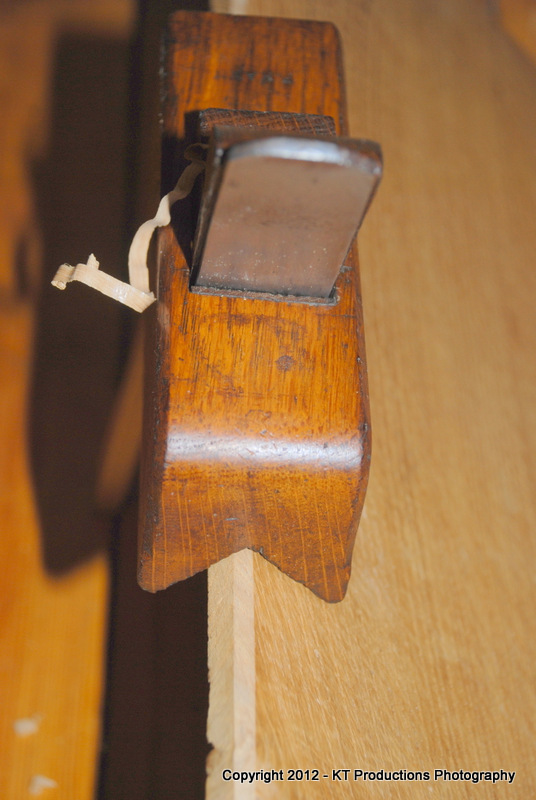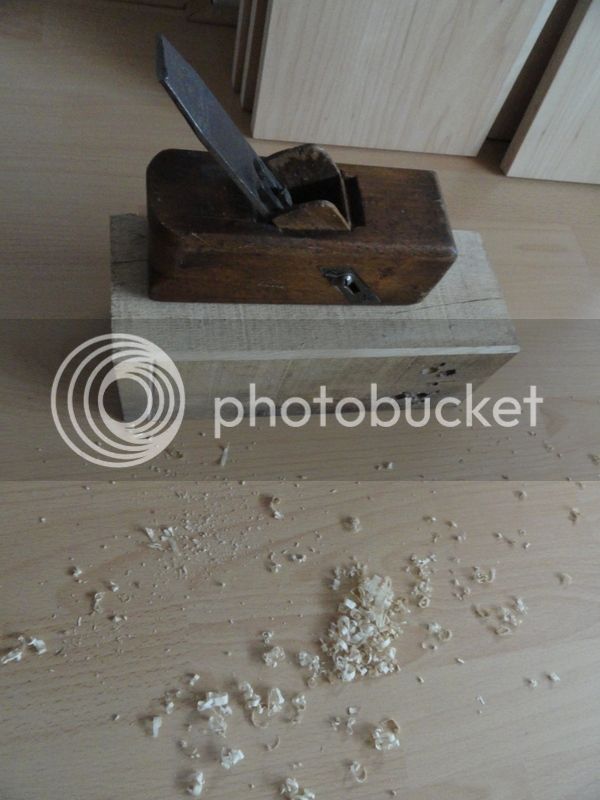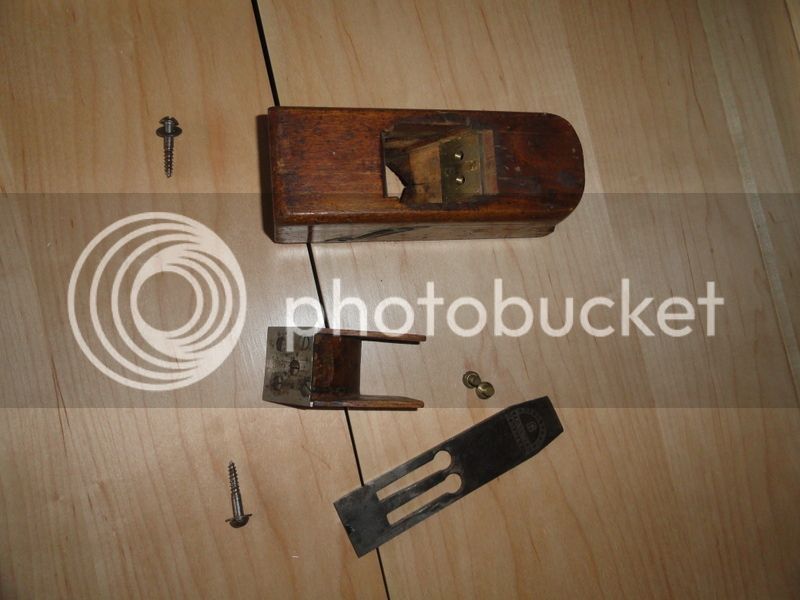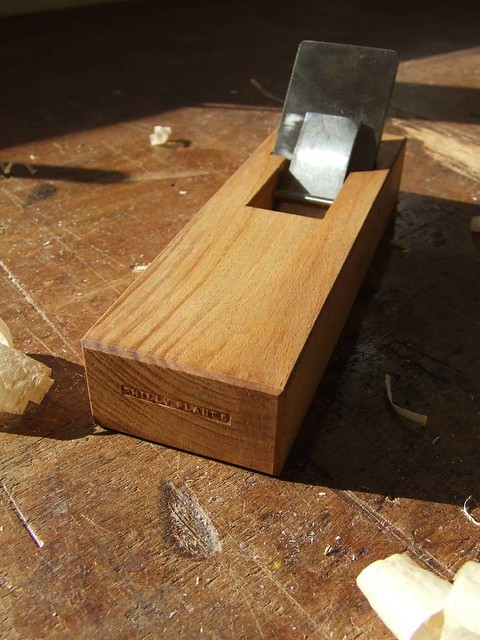this design of wooden plane is a new one to me. I'm not quite getting what's going on with that boxlike insert or mechanism. anybody have a good explanation (or link to same) of how and why these interestingbeasties work?
Bridger
Bridger




Philly":36d10r8z said:Jim
Good to see that you've gone so far down the slope you can never return! The chamfer planes are intriguing little things - I personally found them over-complicated and went with an adjustable fence. Much easier to set up with less "faffing"
The wooden plane world is quite incredible - there are so many variations it is mind-boggling!
Keep up the good work,
Philly









condeesteso":2vasymff said:Excellent collection gathering there Jim... I know collection is a bad word. Having started getting, tuning and using a few basic woodies recently I have a feeling their talents have a lot to do with their simplicity. Very few parts coupled with the big fat iron and cap (or maybe not even a cap-iron, sometimes) seem to make a really effective tool. And I think the low mass is sometimes a big plus too. I think I'll be needing a decent set of moulding planes then... ouch.

JohnPW":4h4mnp2g said:I've wondering about that. I haven't used a chamfering plane before but from what I've read, you only set the blade depth once. But if you've set it for a wide chamfer, how do you take thin shavings?
Enter your email address to join: